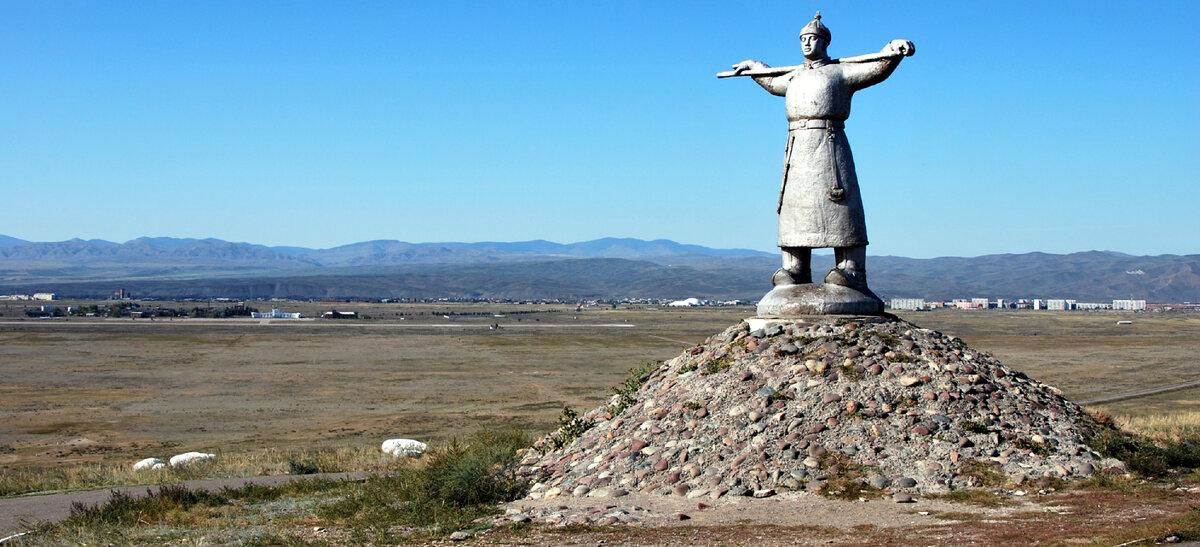Up to 300,000 Tuvans live in the territory of the Republic of Tuvan and the Russian Federation adjacent to the main body. The inhabitants of Tuvan speak Tuvan of the Altaic Turkic Group of the Sayan language group. The language of the Tuvans derives from the rune language of the Old Turkic Uyghur language or the Chek dialect of the ancient Oghuz tribe.

From open source. Kadash monument in Kyzyl.
The Tuvans call themselves the national names "Tyva" and "Tyva Kizhi". Neighboring peoples refer to the Tuvans in different ethnic terms: Tuba, Uriankhians, Urankhians, Soyons, Soyots and Tannu-Tuvans. The modern Tuvans believe in Buddhism, and some of them believe in the traditional spirit of the gods of the Mongolian tribe Tengger.
From the perspective of anthropological characteristics, the Tuvan people are dominated by the Central Asian anthropological type of the Nordic sub-human race. Great race.
- TUVA SUBETNOS
The Tuvan people are divided into two ethnic groups: the western Tuvans in most of the montane steppe areas of Tuva and the eastern Tuvan-Tozan in the coniferous part of the mountainous part of the region.
From open source.
Western Tuvans speak the Central-Western dialect of Tuvan, while the Tozatuvans speak The Northeastern and Southeastern dialects. The Tuvan population of Todzhans is about 4,000 people.
The origins of the Tuvans are also those of tofala in the Nizhny Nojdinsky district of the Irkutsk region, kok-monchak (Altai-Tyva) of China and Tuvans of Mongolia: Monchak Tuvans and Tsaatans.
- Ancestors of the Tuvans
First half of the first half of the first millennium AD. Among the nomadic population of Tuva, a mixed Caucasian-Mongol character predominates the Caucasian character. The Samoyed, Kate and Tungusic tribes live in the montane coniferous forest region of Tewa.
From open source. Reconstruction of the appearance of the Scythians of Teva.
At the end of the first millennium BC. e. Under conditions of Hun expansion, nomadic tribes dominated by the anthropological type of Central Asia invaded the Tuvan steppe region. At the same time, representatives of the Tuba (Dubo) Turkic tribe infiltrated the mountainous coniferous forests of eastern Tuva.
During the existence of the Turkic, Uyghur, and Kyrgyz Khanates from the 6th to the 12th centuries, Turkic-speaking Teller and Tubo tribes, as well as representatives of ancient Uyghurs and Kyrgyz, lived in Tuva and the region as a whole. Saaano-Altai region. By the 19th century, all non-Turkic inhabitants of East Tuvan were completely Turkified, and the ethnic name Tyva became the common self-name of all Tuvans.
- genetics
The Tuvan gene pool is dominated by haplogroup N1b (24%), and mtDNA is dominated by mitochondrial haploid group C (47.1%). As a result of a genetic study of the Tuvan gene pool, the maximum genetic diversity of the Y chromosome haplogroup of the Siberian population was revealed.